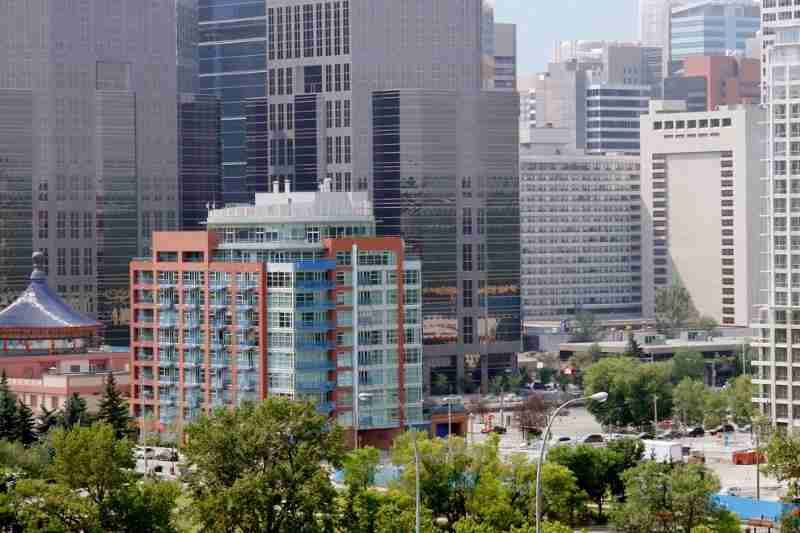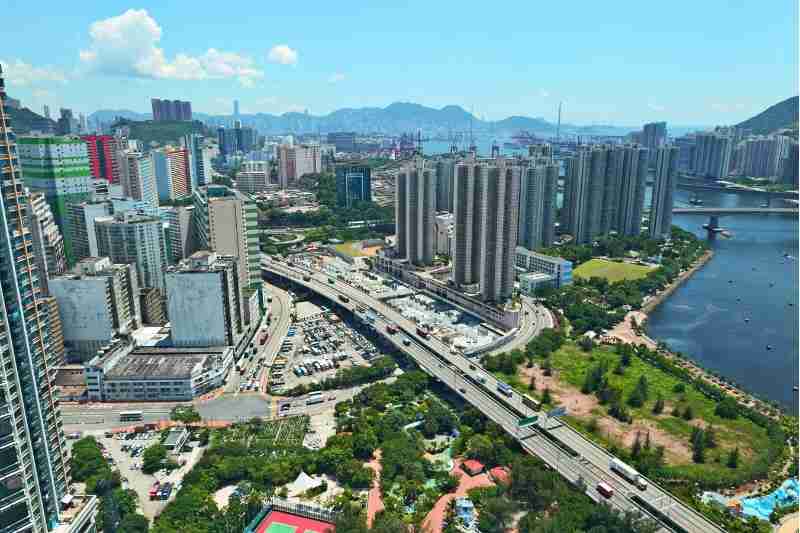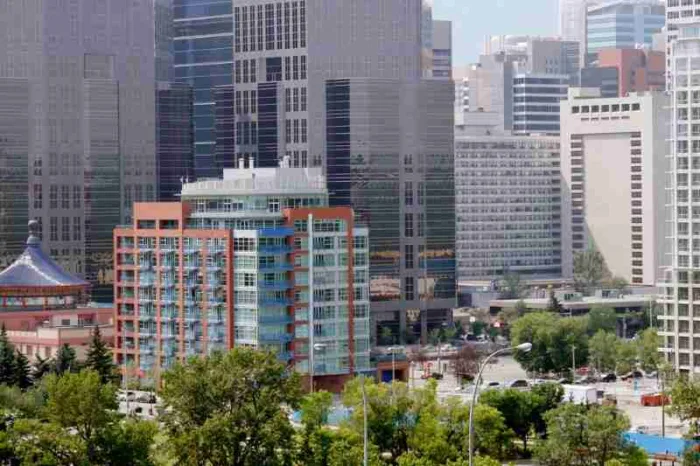
Owning or operating a multifamily building means staying on top of the trends that residents are looking for. But you also have to keep an eye on the world of architects and urban planners, because their actions and ideas also significantly affect the built environment and the way that properties are managed. Today, city planners are talking about the benefits of urban density. But what is urban density exactly, and how does it affect you?
In this post, we explain what urban density is and why it’s increasing. Then, we share a few ways you can adapt your property to increasing density.
This post covers:
- What is urban density?
- Why is urban density increasing?
- How can you adapt your property to increasing urban density?
What is urban density?
Urban density describes the number of people and businesses that inhabit a specific area. When density is higher, cities are more efficient. This means that residents enjoy benefits like walkability, micromobility, and sustainability.
Urban density can be measured in a few different ways. When city planners talk about density, they’re referring to either the number of people or the number of buildings in a given amount of space. Either way, density is increasing: Today, 82% of people in North America live in urban areas. Worldwide, 55% of the total population lives in urban areas, and the UN projects that another 2.5 billion people will be living in urban areas by 2050.
High-density urban areas stand in sharp contrast to low-density urban areas. In a low-density suburban area, car usage is almost a requirement. And where car usage is a requirement, residents must also deal with significant greenhouse gas emissions, car maintenance, insurance policies, gas costs, and an increased risk of car accidents.
Why is urban density increasing?
Urban density is increasing because younger generations, like millennials and Gen Z, are attracted to the car-free economic and cultural opportunities that come with living in high-density urban areas.
During the 20th century, the popularization of cars changed the structure of city living. Because people got used to using cars to get around, urban planners prioritized car mobility over the day-to-day of people’s lives in cities. This resulted in the development of inefficient, low-density sprawl. However, a generational pushback against this trend is seeing young people ditching car usage and moving to walkable cities.
Dense urban areas are more walkable, which offers significant benefits. Businesses, residences, and other institutions are clustered very closely together. Anybody living in a high-density urban area has easy access to schools, jobs, and cultural and recreational opportunities.
Urban density has other benefits, as well. It makes public transportation more accessible and efficient. Additionally, people living in a high-density walkable area are more physically active and are at lower risk of chronic diseases. Finally, urban density and sustainability go hand in hand: More public transport usage increases sustainability, as does the fact that concentrating people’s activity into one space makes it easier to preserve surrounding natural areas.

How can you adapt your property to increasing urban density?
Now that you know what urban density is and why it’s increasing, you’re prepared to adjust your property to handle those changes.
With a few adaptations, you can contribute to density yourself. And while density has many benefits, your property will stand out if you also position it as a refuge from common urban problems like overcrowding, a lack of natural elements, and pollution.
Here’s how you can adapt your property to a high-density urban environment:
- Convert your property for mixed-use
- Let residents use your rooftop
- Embrace biophilic design principles

1. Convert your property for mixed-use
By hosting both residential and commercial tenants in the same building, you’ll improve the walkability of your neighborhood and increase density. A mixed-use property will attract residents and commercial tenants alike, and thriving neighborhoods cater to both residential and commercial interests.
Give your residents the chance to contribute to the local economy and the vibrancy of their neighborhood, which will reflect positively on your own property values.
2. Let residents use your rooftop
Rooftop access is a coveted outdoor amenity that many urban residents desire. Giving your residents a space to access fresh air and sunlight will set your property apart from others that haven’t prepared for a rise in density.
You have a lot of options when it comes to customizing your rooftop for residential use. Community gardens and coworking spaces are popular choices that allow a rooftop or other outdoor space to appeal to different aspects of residents’ lives.
3. Embrace biophilic design principles
Biophilic design is an emphasis on natural elements like plants, fresh air, running water, and sunlight. It’s a strategy used to establish a connection between nature and the buildings we live and work in.
Architects and urban designers are already using biophilic design elements to build the next generation of skyscrapers. And you can use those same principles to improve the resident experience.
Granting your residents an easy way to get fresh air and sunlight in the form of rooftop access is one way to follow biophilic design principles. You could also add fixtures like potted plants or plant walls. These will allow residents to establish a connection with nature when they’re indoors.
Learn how ButterflyMX improves the resident experience:
Takeaways
In conclusion, urban density offers benefits that have positive impacts on every aspect of city life. Today’s emphasis on density in urban design will have a fundamental impact on the way city residents live, work, and relax in cities.
Now that you know how to anticipate the shift to denser cities, you can take steps to ensure that your property stands out as one of the best ways for residents to experience high-density urban life.






